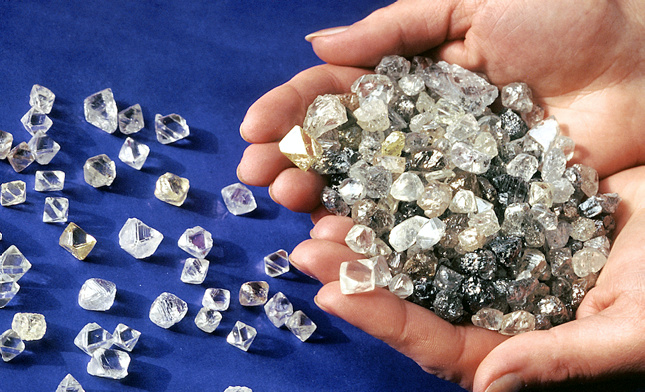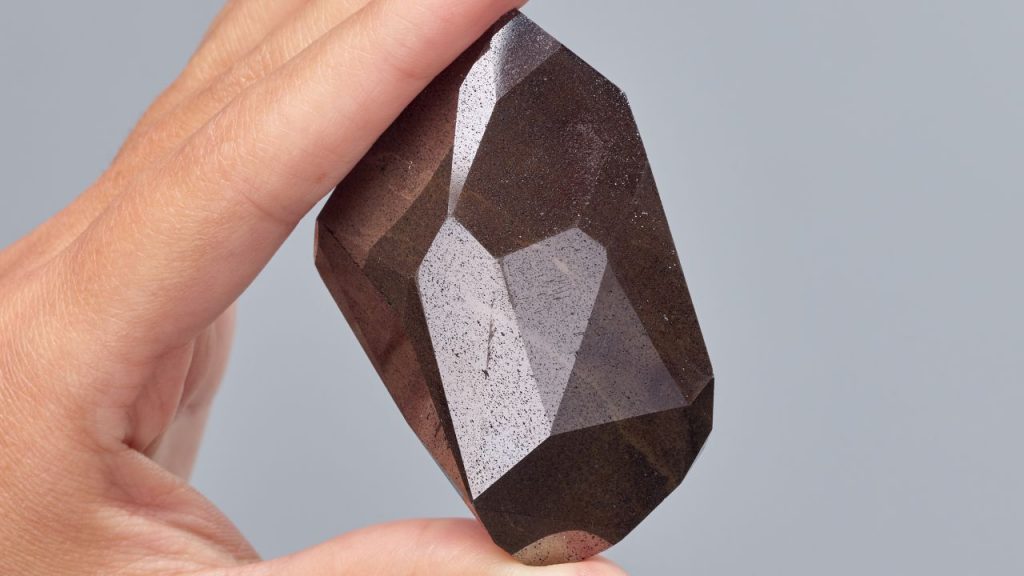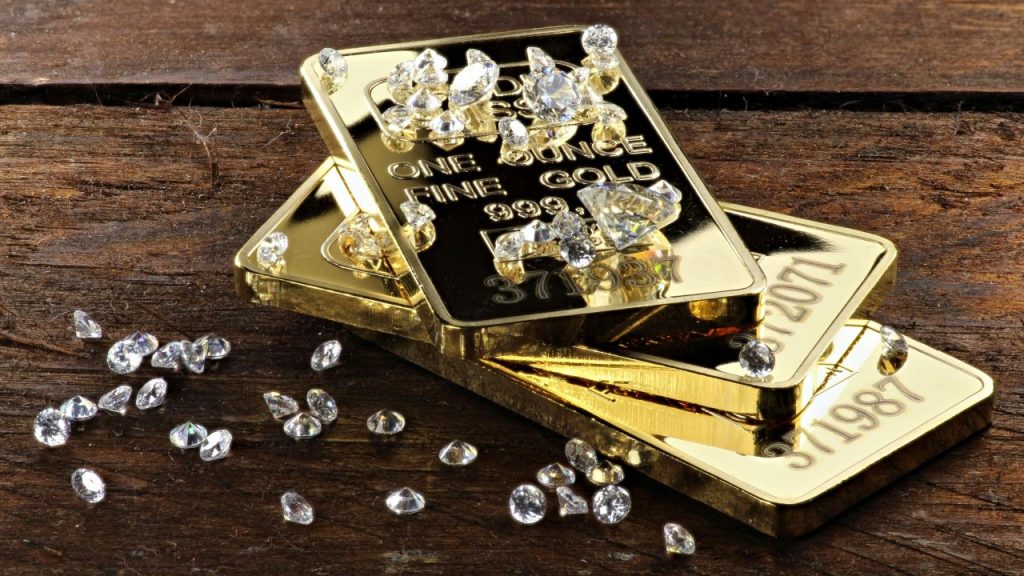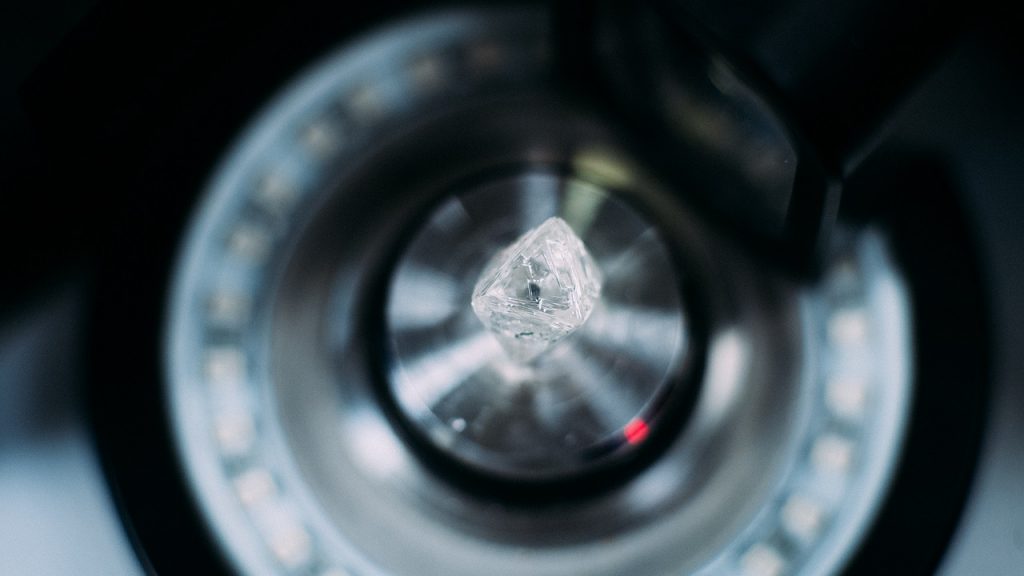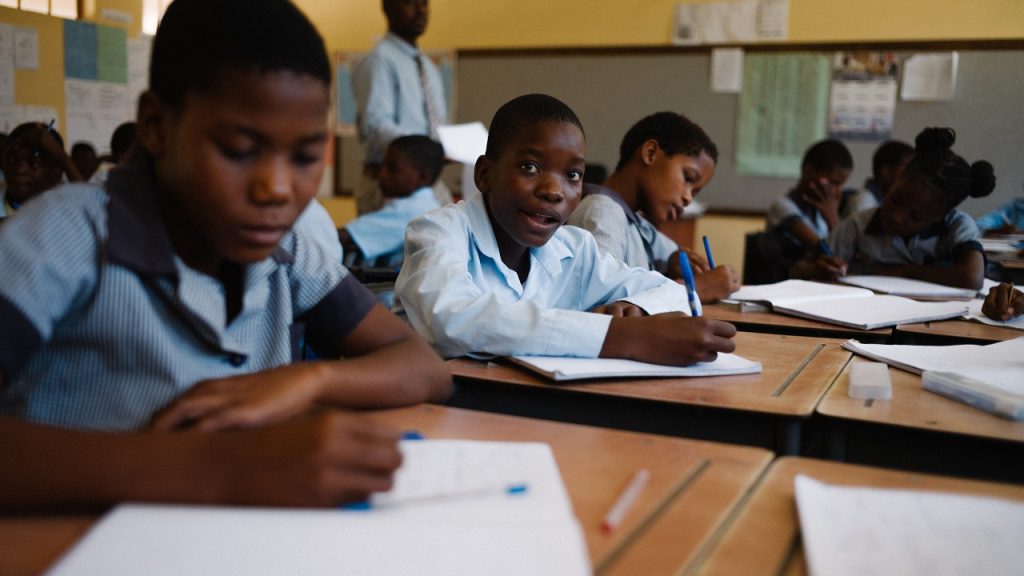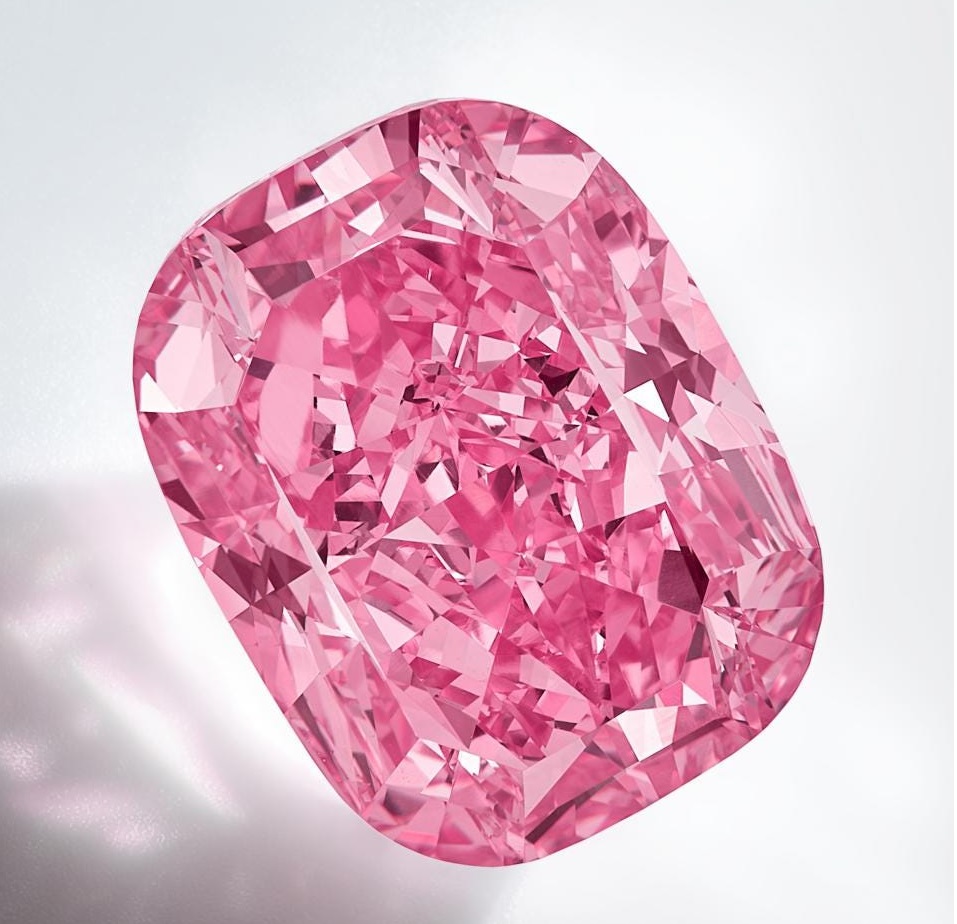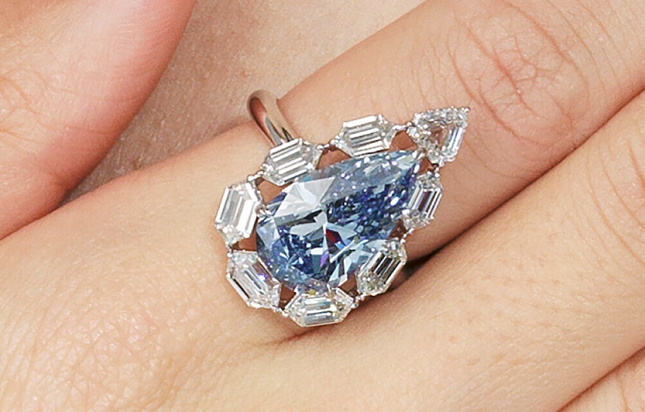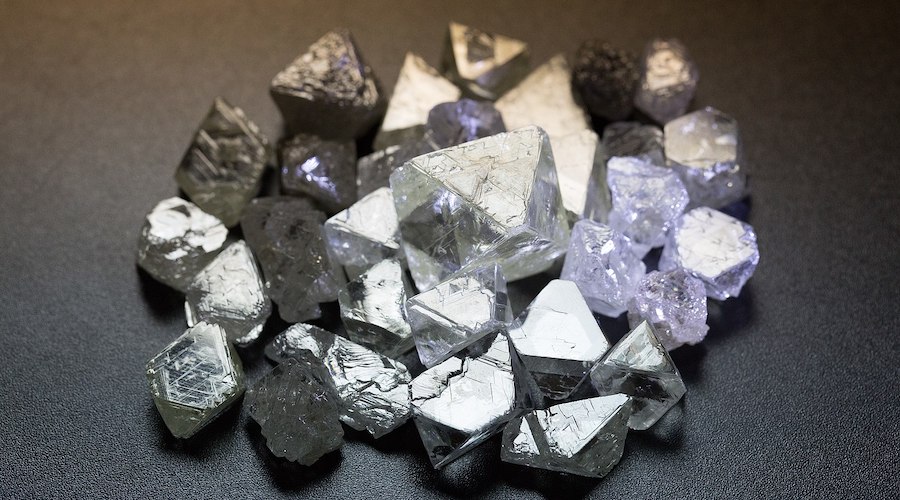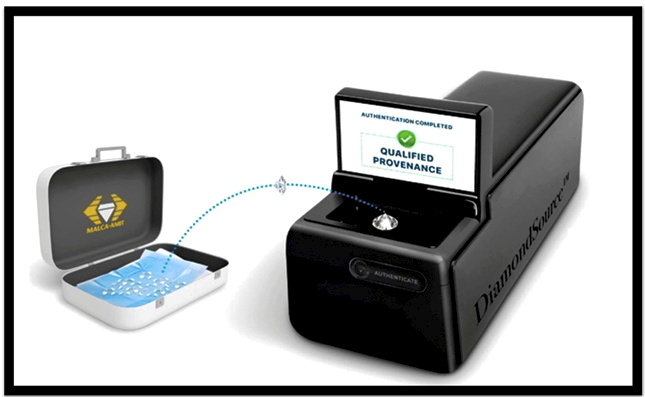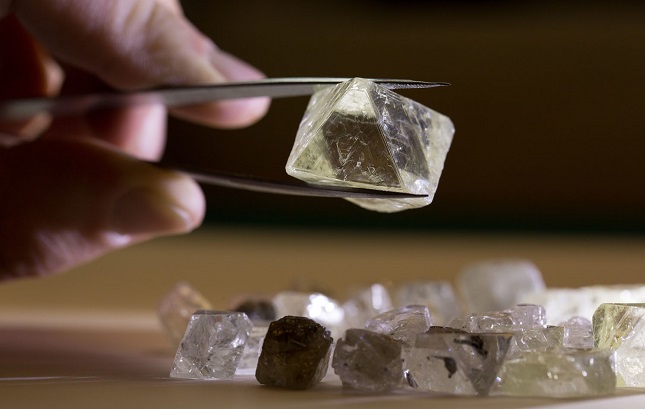
Sanctions-hit Alrosa kept diamond sales in the first half of 2023 at the year-ago levels, the Russian company said on Monday as it reported financial results for the first time since Moscow’s 2022 invasion of Ukraine.
Efforts to reduce Russia’s revenue from diamond exports and to build on Washington’s existing sanctions on Alrosa, the world’s largest producer, have been subject to discussions among leaders of the Group of Seven (G7) nations.
Alrosa’s first-half revenue totalled 188.2 billion roubles ($1.9 billion), up 0.2% from January-June 2022, and up 3.5% from the same period of 2021. Net profit fell 35% year-on-year to 55.6 billion roubles.
“As of mid-2023, opportunistic diamond midstream participants have developed trade mechanisms to circumvent the impact of the restrictions, especially as it pertains to the trading of Russian diamonds in US dollars,” diamond analyst Paul Zimnisky said.
In April 2022, the United States cut Alrosa off from its banking system and banned direct sales to the lucrative US market. The European Union bought 1.4 billion euros ($1.5 billion) worth of Russian diamonds in 2022 as it has neither banned Russian diamond imports nor Alrosa.
As of now, once the Russian diamonds are cut and polished outside of Russia, they are considered originating from the nation that “transformed” them, Zimnisky added.
While some G7 countries have called for Russian diamond sanctions, others, including Belgium, have been concerned that they would divert trading to other centres and away from Antwerp, the world’s No. 1 one hub.
The G7 said in May it would continue working to restrict Russian diamonds trade, including through tracing technologies.
Zimnisky expects G7 to prepare a plan which would impact the global flow of Russian diamonds by late 2023 or early 2024.
“The diamond industry has had time to digest all of this, so while I do not expect a pending supply shock, I do see the way that the diamond supply chain works to be fundamentally transformed in the medium term,” he said.
Source: mining.com
